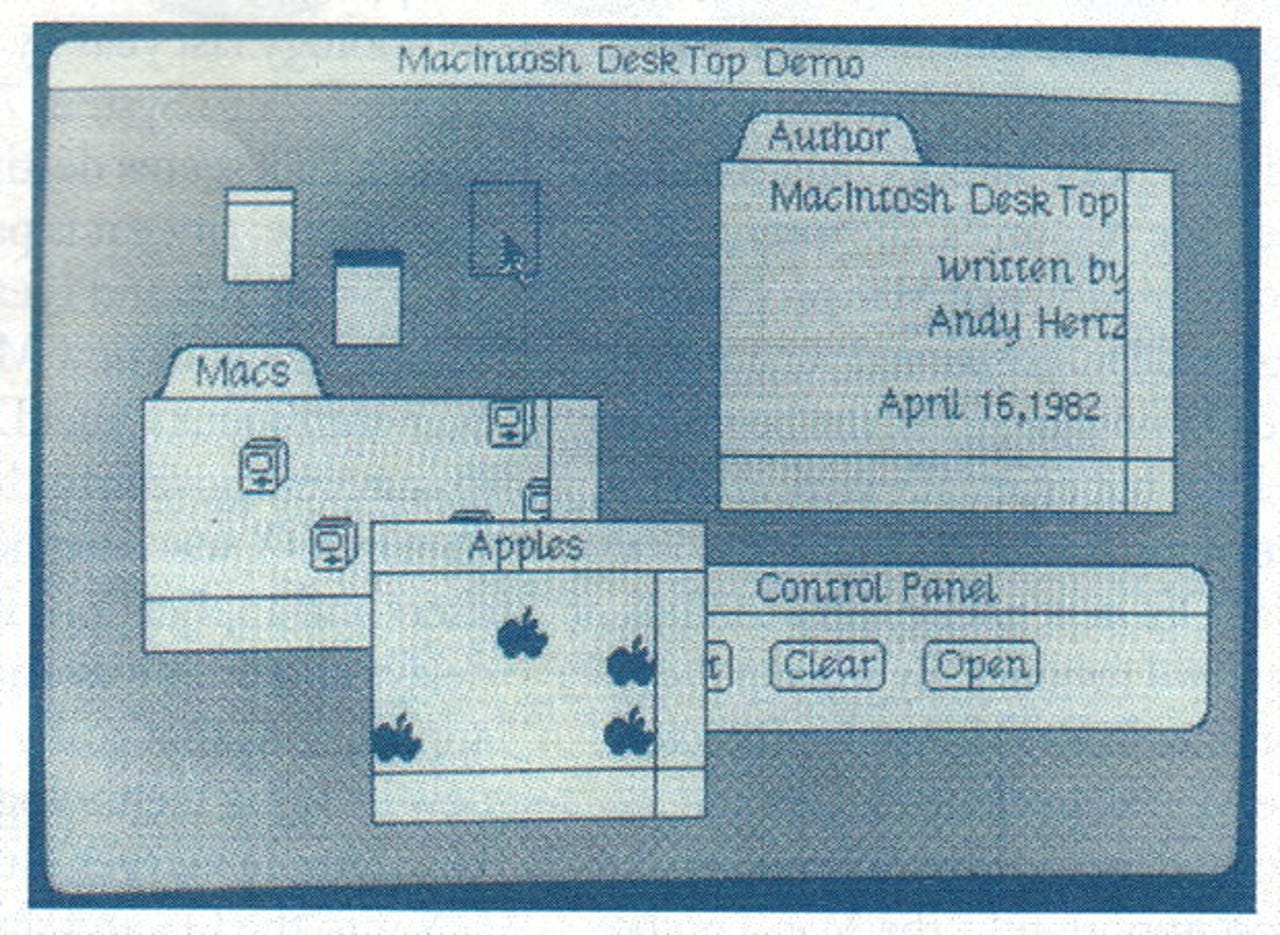Looking back (and forward) when the Mac was 10

Back in the days, there was a tremendous anticipation by the Mac community for the first week of January. Firstly, there was the arrival of the San Francisco Macworld Expo (a very large show that filled the Moscone Center, featuring Apple announcements of new products). However, for Mac IT managers and businesses using Macs, it was also the week that they would find the jumbo Expo issue of MacWEEK in their mailboxes. It was packed with product news and Mac market analysis.
In January of 1994, the Expo issue had a long, multipart report covering the first decade of Macintosh. This Decade in Review report offers some interesting reading in hindsight. Here are a few selections:

While some may recall the excitement of the 1984 launch of the first 128K Macs and the followup 512K Fat Mac, the report points out that the Mac had little market share in its first year (the Apple II was Apple's money-maker), "few major applications, and a misguided marketing strategy led by the vague "Power to be your best" campaign." It wasn't until the Mac became part of a critical workflow solution that the platform really got moving.
It's ironic that what let Apple escape its doldrums was not a more powerful Mac, but a printer, a language vendor and an upstart third party with nowhere to go but up. Apple's LaserWriter, Adobe Systems's PostScript page description language and Aldus's PageMaker combined with Apple's masterstroke of building networking into every Mac, demonstrated the first calculable reason for owning and using a Mac. The fact that Microsoft Corp. used the platform to ship the premiere version of Excel didn't hurt, either.
This mention of AppleTalk networking is interesting. The original Mac had networking from Day 1. Instead of the rough going on the networking front by PCs, Mac developers could take for granted for what at the time were mostly high-level capabilities.
It's significant that no other microcomputer vendor of the time conceived of networking as integral to the machine. Even the original Unix didn't have networking written into the OS; TCP/IP was developed separately. And, unlike other components of the OS, AppleTalk was licensed by Apple to third parties and other system vendors starting in the late 1980s.
According to the report's history, the first great age of the Mac came in 1991 and 1992, with the shipment of System 7 (there was no prefix of Mac OS then), the first PowerBooks and 68040-based Macs. And it was this success that let Apple develop a non-Mac platform such as the Newton MessagePad.
At the time, the Newton was filled with possibility. It was a new mobile computing platform, with ideas way before their time and before there was a mobile processor that could support them.
While most of the predictions were short-term, some are interesting to us 20 years in the future:
We predict that the Mac of 2004 will bear little resemblance to today's machine. It will have voice, pen, 3-D imaging and intelligent agents that come wrapped in an interface capable of reorganizing itself, shifting views and even shifting idioms to the task at hand.
Featured
Certainly, we have solid voice input now. But 3D imaging, pen input and agent technology? Still, we are seeing shifting, contextual views on iOS and we can expect to see more of them in OS X on the Mac.
Of course, the article had lots of predictions about the future success of the RISC-based platform that Apple, IBM and Motorola were preparing in 1994. It would be a machine that supported Mac and PC OSes; a true 32-bit operating system with a high-performance, 32-bit RISC processor. I recall sitting in meetings of the consortium, where executives expected that the platform could quickly gain as much as a 30 percent market share over Wintel competition. These gains would be in the Windows and server markets.
Other OSes may make the move to PowerPC Macs: PowerOpen Unix and Taligent Inc.'s Taligent OS are guaranteed; Solaris and Windows NT are likely candidates; Microsoft's Chicago is not at all likely, because of its x86 code base. The availability of competing OSes on Mac hardware would expose Apple to all kinds of competitive pressures it doesn't feel now. Of these, the need to integrate Taligent technology into System 7 will probably be greatest in the years beyond 1995.
So much talk and so little product.
Finally, here are a few items from the Report's Devil's Dictionary that have stood the test of time.
Mobile computing: An enabling technology for uncompensated overtime.
Nanokernel: Those little blackened, harder-than-diamond lumps left in the bottom of a microwave popcorn bag.
Newton: What hit Apple on the head.
PowerTalk: What Apple executives do at a PowerLunch.
Repurposing: The process by which Apple employees go to work for Dell, SGI or Microsoft.
Taligent: One of the lost tribes of Silicon Valley.